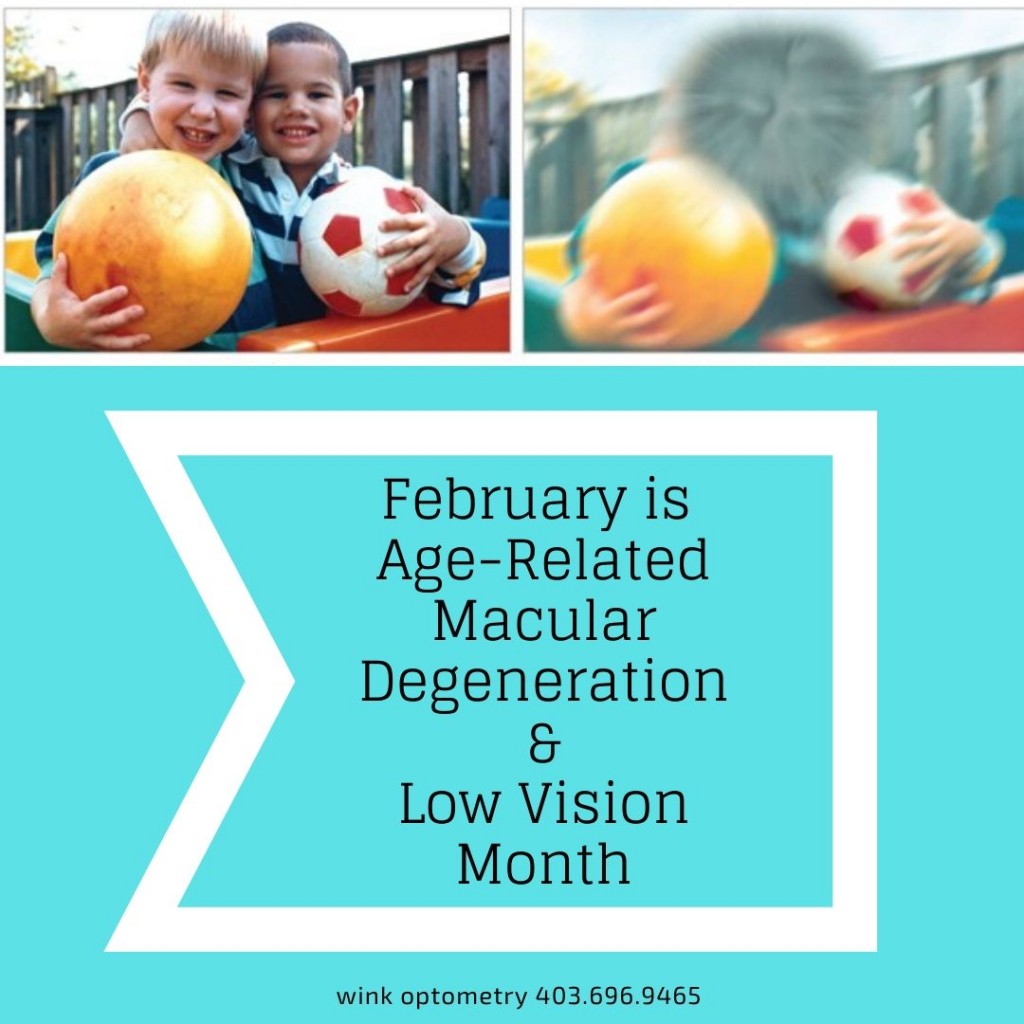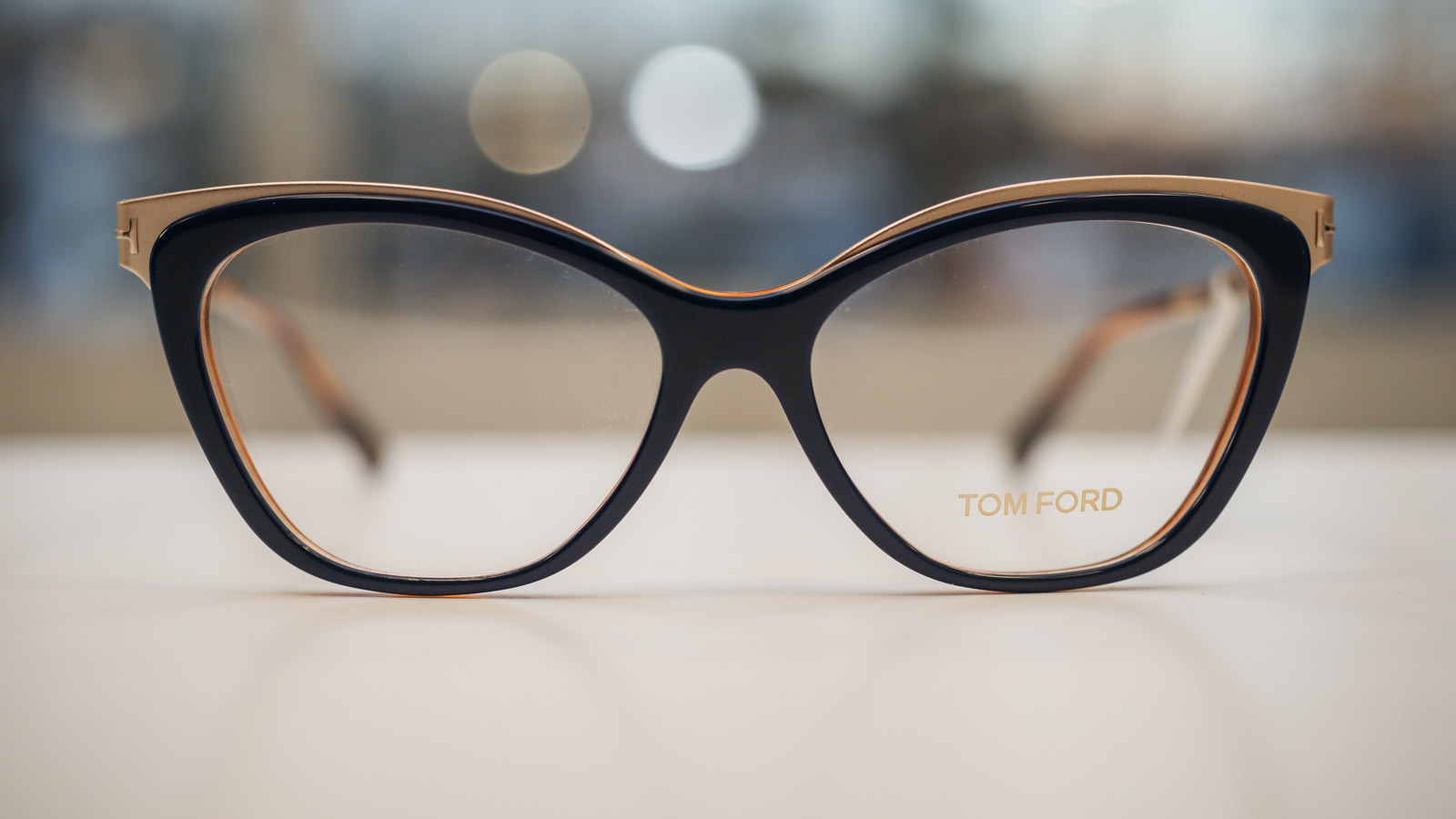February is Age-Related Macular Degeneration & Low Vision Month
February is national “Age-Related Macular Degeneration (AMD) and Low Vision awareness month. AMD is the leading cause of blindness in adults over the age of 60 in North America and is a progressive disease with no known cure. It is generally related to the aging process. AMD is a disease that damages the macula, which is the center of the retina responsible for sharp visual acuity in the central field of vision. Slowly, the disease steals vision, and causes the cells in that area to die. While AMD doesn’t result in complete blindness, the quality of vision is severely compromised leading to what we refer to as “low vision”. The loss of central vision can interfere with the performance of everyday tasks such as driving, reading, writing, cooking, or even recognizing faces of friends and family.
There are two types of Macular Degeneration: Dry and Wet
Dry AMD is the most common form of the disease and is considered to be more stable than wet AMD. It is characterized by blurred central vision or blind spots, as the macula begins to deteriorate slowly over time. Dry AMD is less severe than the wet form but can progress to wet AMD rapidly.
Wet AMD is less common than Dry AMD (accounts for approximately 10% of all cases) and occurs when abnormal blood vessels begin to grow under the retina and leak fluid and blood into the macula, causing distortions in vision. Wet AMD can cause permanent scarring if not treated quickly, so any sudden blur in vision should be assessed immediately, especially if one is aware that they have AMD. Symptoms of wet AMD progress at a very rapid pace.
What are the symptoms of AMD?
In the earliest stages, macular degeneration is entirely symptom free but can be detected during routine eye health examinations. The most common initial symptom is slightly blurred central vision when performing tasks that require seeing detail. Over time, the blurred area may increase in size and interfere with reading and recognizing faces. Other symptoms of AMD can cause straight lines to look wavy or distorted, and dark spots may blank out portions of the central vision. Patients experience no pain with AMD.
Is there treatment for macular degeneration?
Currently, dry AMD is treated with ocular vitamin supplementation and lifestyle modifications such as exercise, sunglasses to reduce UV radiation and smoking cessation. Many cases of wet AMD can be treated with medications injected into the eye to stop leaking blood vessels. Early detection and prompt intervention are crucial to addressing wet AMD.
How can I tell if I might have AMD?
Optometrists use a test called the Amsler grid to determine the function of a patient’s central vision. Changes in central vision may result from macular or optic nerve damage. If you are at risk of macular degeneration or other eye diseases, you can use the Amsler Grid at home to monitor your vision. If you notice changes to the grid, you should contact your optometrist as soon as possible.
Is there help available?
Many patients with sight loss due to AMD can benefit from low vision aids. Your optometrist can prescribe magnifying devices to enhance both distance and reading vision. These aids will not restore sight to normal levels but they allow people to maximize their remaining vision.
Awareness about the disease, the risk factors and prevention are critical, even for younger generations, because taking care of your eyes while you are young will help to reduce the risks later on in life. This makes comprehensive eye exams all the more important!


